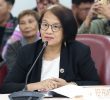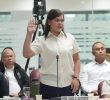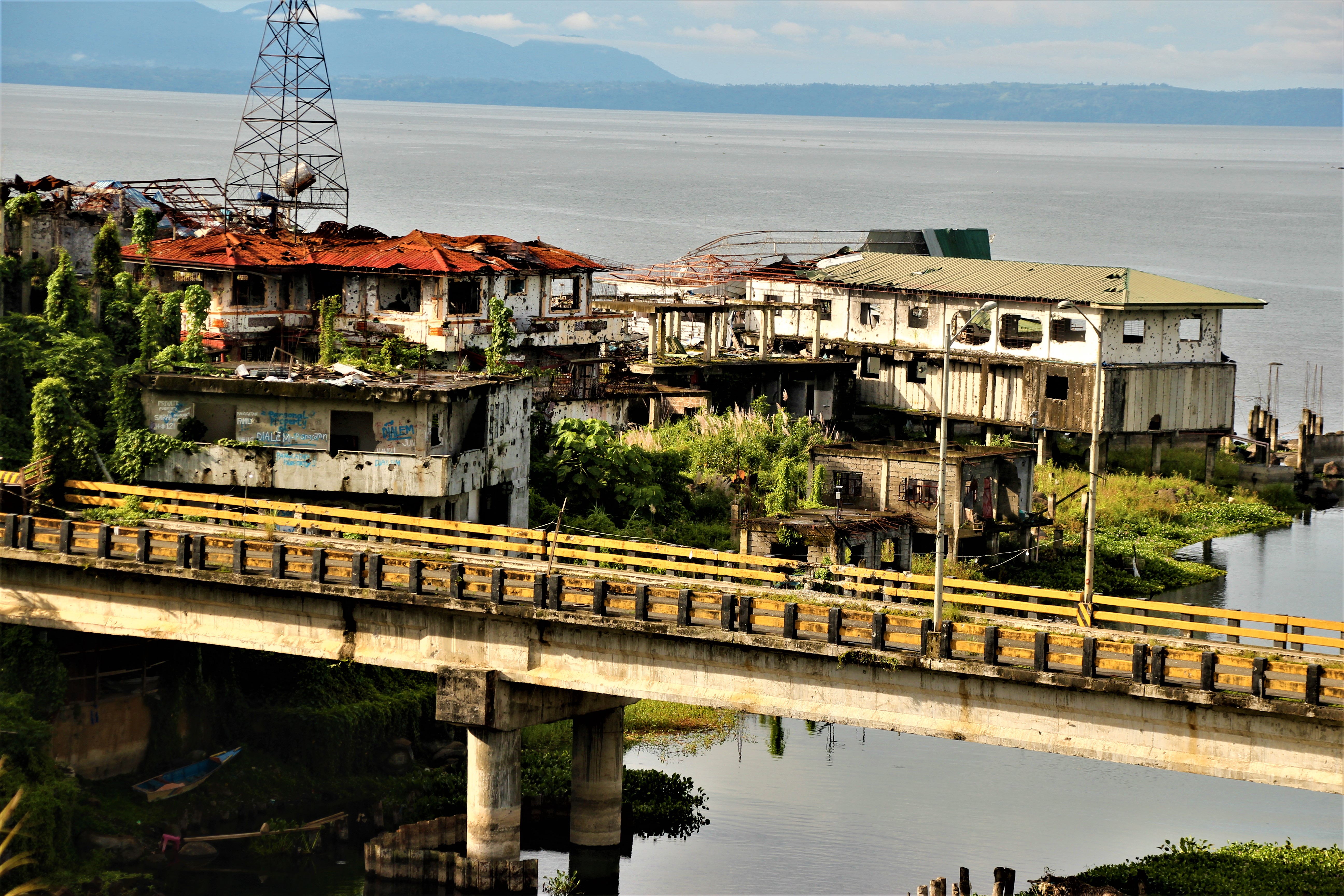
MARAWI CITY, Philippines — In a random interview conducted by Davao Today, residents were getting impatient, saying the government lacks concrete plan of how it will carry out the rehabilitation plan for the 24 communities inside the area “ground zero”
Around 467,000 residents were displaced and of the total, 27,000 of them were in the 89 evacuations camps or temporary shelters while 440,000 individuals opted to become home-based evacuees, staying in their relatives or in some private institutions like the Madrasah School in Iligan City.
Residents from the “ground zero” were consistent in its call to the government to let them return to their respective residences after it was liberated from the terrorists.
The city government of Marawi and Task force Bangon Marawi (TFBM) launched a program called “Kambisita” or scheduled visits for displaced families to visit their homes and retrieve their personal belongings in the most-affected area.
Faykha Khayriyyah Alonto Ala, a resident of Barangay South Madaya Proper, said the government’s “Kambisita” was a “band aid solution to pacify the peoples sentiment and anger “towards the slow phase of the government’s effort to rehabilitate Marawi.”
“The rehabilitation for our home does not need to be grand. At this point in time, we don’t need to have high rise condominiums and coliseums erected in our community before we can go back. All they need to do is to allow us enter ground zero and let us do our own rehabilitation if they can’t do it for us” said Ala.
The government has scheduled a ground breaking ceremony for the rehabilitation of the most affected areas on October 17. However, it was moved later this month so that President Rodrigo Duterte could attend the slated ceremony.
In a press briefing last October 12, TFBM chairperson and Housing and Urban Development Coordinating Council Secretary Eduardo del Rosario announced to the media that even with the postponement of the ground breaking ceremony, the contractor of the rehabilitation program will start to moving their equipment in the area and do initial debris clearing.
But Alo and other Muslim leaders were dismayed because they were prevented to returning in their residences.
Mindanao State University Professor Dalomabi Bula, a home-based evacuee and a resident of the ground zero, said the government “only prolonging the people’s sacrifices and its poor situation in the evacuations camps” because of indistinguishable plan for rehabilitation.
He added that over a year now, the TFBM and the national government are “only good in presentations but do not have clear actions.”
“We have been asking them long time ago, what is their plan especially for us? We cannot just declare liberation without liberating our people from extreme poverty and injustices.”
Before the anniversary of liberation, residents of ground zero have issued an open letter to President Duterte asking his administration to let the people of Marawi reclaim their communities to start anew. They reiterated that ground zero is “not just a place in Marawi but the identity of its people and the preservation of their culture’.”
Marawi’s ground zero is composed of 24 communities. The area is at the heart of Islamic city’s economy and culture. After the siege the military cordoned the area and imposed restriction to limit public’s access to the area because of security issues.
TFBM and the local government of Marawi have later allowed several residents to return in some areas of Rayah Sadop and Bubong Marawi this year. The authorities also opened access and allowed vehicles to pass in Mapandi bridge and Lilod Mayada.

But they have installed checkpoints and put up “no entry” signs in some other roads en route to the center of the ground zero.
“They have forgotten us”
When Davao today visited the various temporary shelters and evacuations camps in Iligan city, a resident here criticized the TFBM for its “inconsistent efforts” to help the displaced Marawi residents.
For instance, the case of Bolao M. Bangon, who is staying in an unrecognized evacuation camp at Moneerah Arabic Integrated School in Toril Ubaldo-Laya in Iligan City.
Bangon, 98, who owns a parcel of land in the “ground zero”, is now worried if the government will not honor him as rightful owner because he was not able to secure the documents.
Bangon also said he was not able to register for a biometric validation of Marawi residents because of his age and the lack of budget to travel.
“I think this the end of it. Even if a lot of Meranaw people will fight for our come back, the reality now is that we all wait for what the government will tell us to do. Waiting is painful and it kills me little by little” said Bangon.
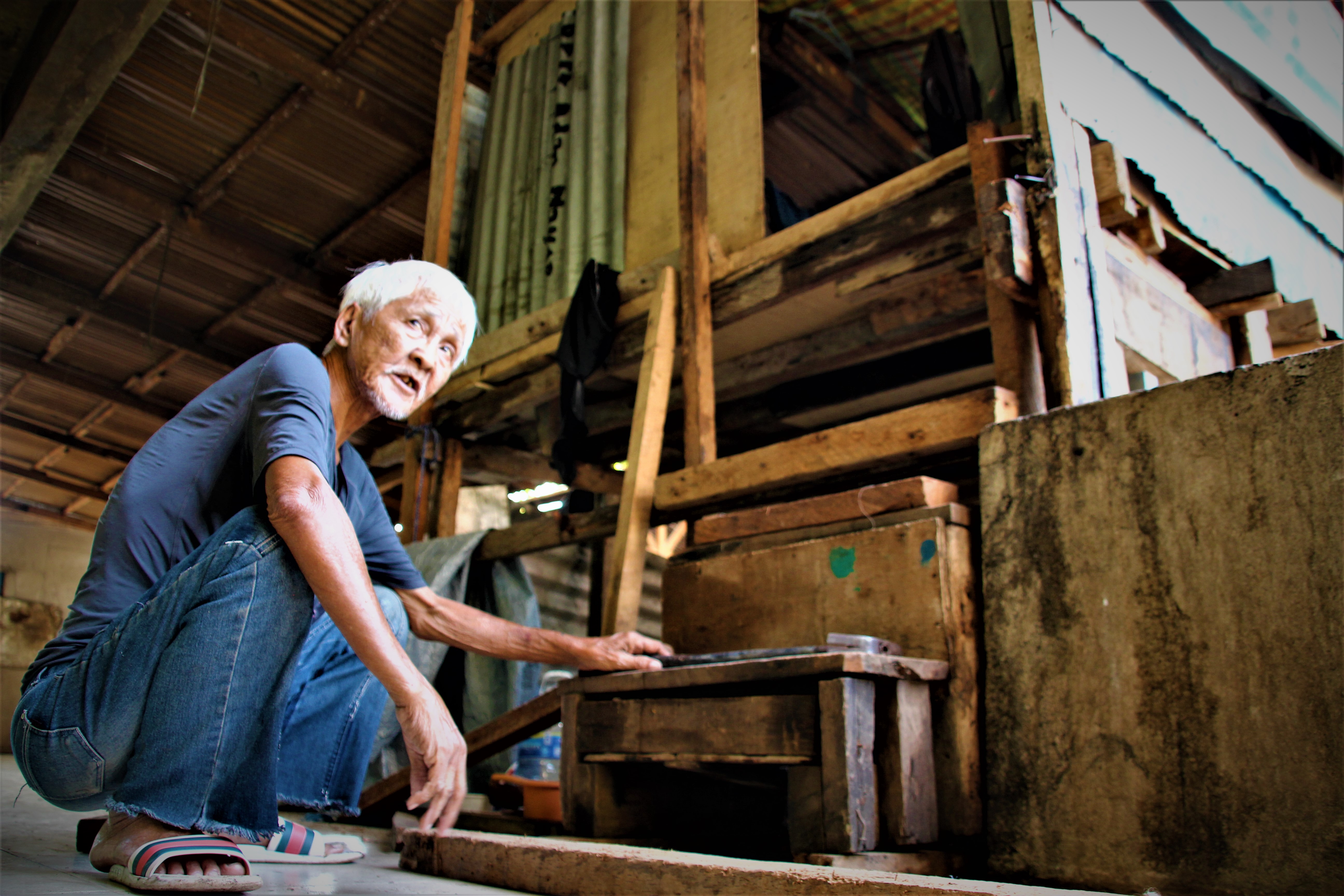
Another evacuee Borasah Abdullah,59, a resident of Marinaot East in ground zero who now leaves in a Madrasah school in Iligan City also scored the government for the limited help they received since the incident started.
Abdullah and some other 70 individuals from the unrecognized center said that for this year, they only received one pack of relief goods of “rotten dried fish, can goods, noodle packs and NFA rice.”
They said that the food assistance was “not even enough for a family of five.” The relief goods was given after the Mayor of Iligan ordered the evacuees to leave the city and return to Marawi.
“We can see it on TV. They told everyone that all evacuees are to be taken cared of by providing our needs. But this is just a beautiful presentation because the reality is that we can’t eat three times a day, and we are still living in a temporary shelter,” Abdullah said.
In Marawi’s Sarimanok 2 temporary shelter, Yosuph Bonsalagana, father of four children said, it is better to be in a shelter than to stay in Madrasah because non-government organizations are sending assistance to the evacuees.
Bosalangan was once among those families living in a shanty inside a Madrasah compound in Iligan City but decided to transfer in a temporary shelter this year.
“ I cannot fathom how we became so helpless after the war. There is this big question in my head why we remain here and cannot go back. I even cannot find the answers to leaders of Marawi or to the president because they never reached us out,” he said.
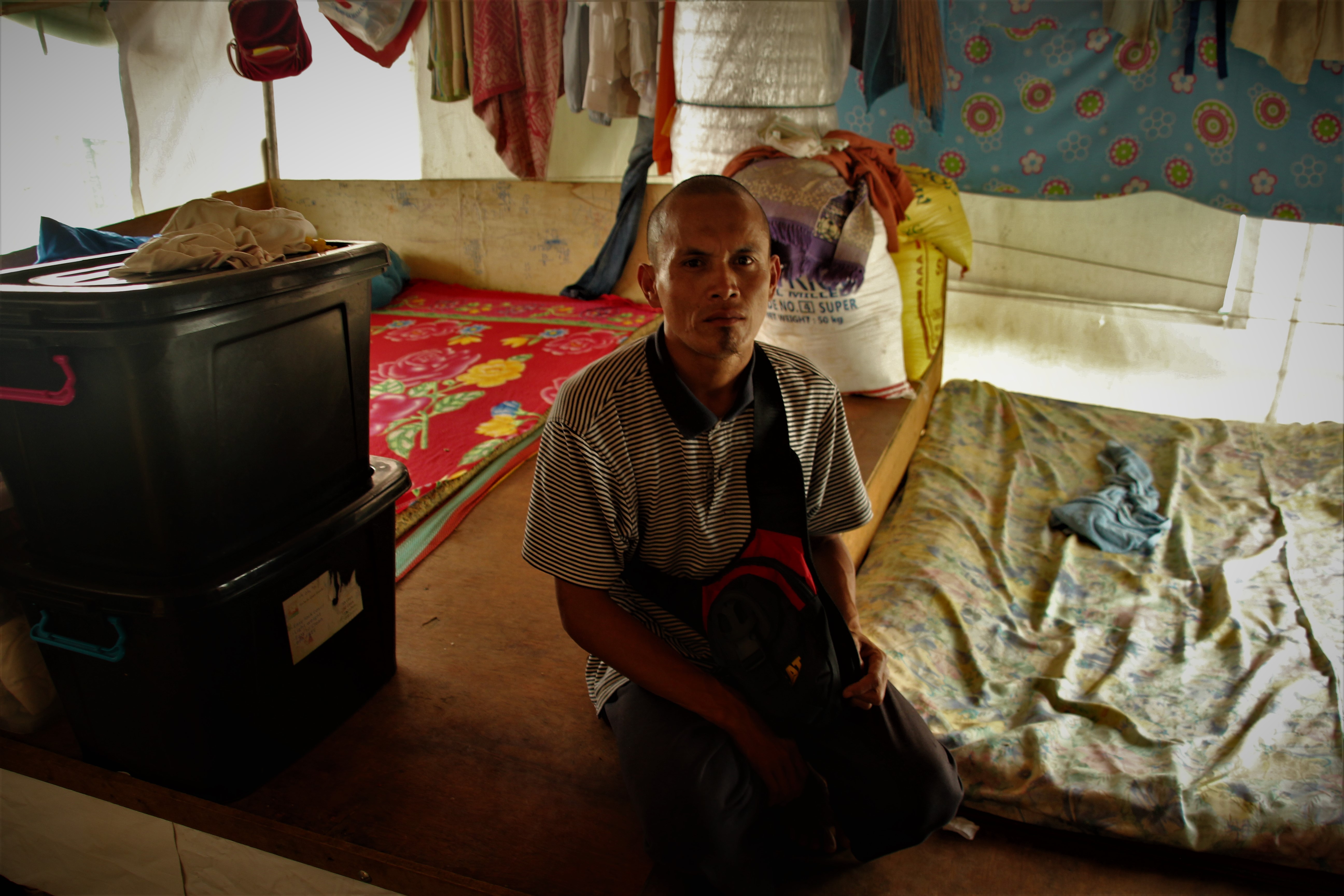
A day before the anniversary of liberation, displaced residents of ground zero led by Bangsamoro National Movement for Pace and Development and the Moro Consensus group staged a protest action to demand for the immediate start of the reconstruction of their houses inside ground zero.
Another activity of displaced residents and Meranaw leaders happened early morning on Tuesdays for the “Let us go home” campaign.(davaotoday.com)

